
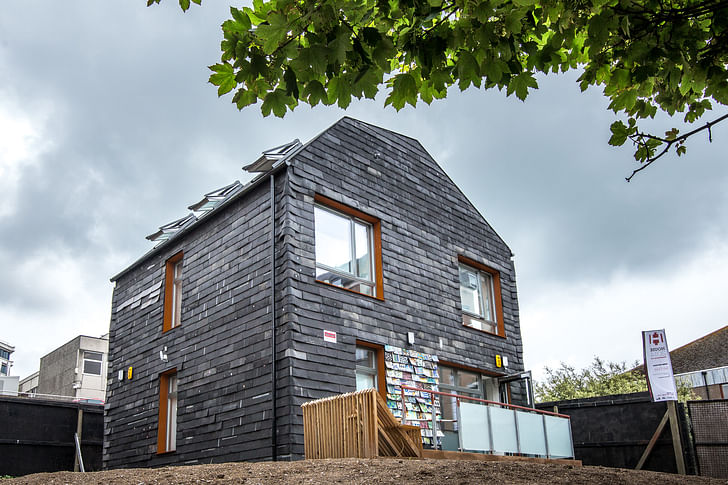
The Waste House at the University of Brighton's Faculty of Arts is stated to be the UK's first permanently built home made of over 85% discarded materials, including 20,000 toothbrushes, 2,000 carpet tiles, and 4,000 plastic DVD cases. But its focus on student involvement in realizing the house is also worth noting. The project leader, BBM Architects' Director and University of Brighton Senior Lecturer Duncan Baker-Brown, collaborated with a total of 253 undergraduate students, apprentices, and volunteers in the designing and constructing of the Waste House. As students experimented with new applications for these everyday materials, they also learned that it doesn't just have to end up in a landfill.
On what seems like a loose reference to the popular idiom, the Waste House team wants to prove that "there is no such thing as waste...just stuff in the wrong place." Duncan Baker-Brown derived the Waste House concept from his first prototype in 2008 titled, "The House that Kevin Built". The project was a live six-day TV broadcast with presenter Kevin McCloud of the design and construction of the UK's first contemporary low-energy prefabricated house built entirely out of eco-friendly materials.
Designed as a live educational research lab, the main objectives of the Waste House collaboration are: to test new methods of green prefabrication techniques for waste reduction; demonstrate that organic low-carbon materials can perform as effectively as their high-energy, high-carbon counterparts; lessen the need for expensive high-tech equipment in building a low carbon house; and to use high-tech construction methods to reduce onsite time and waste.
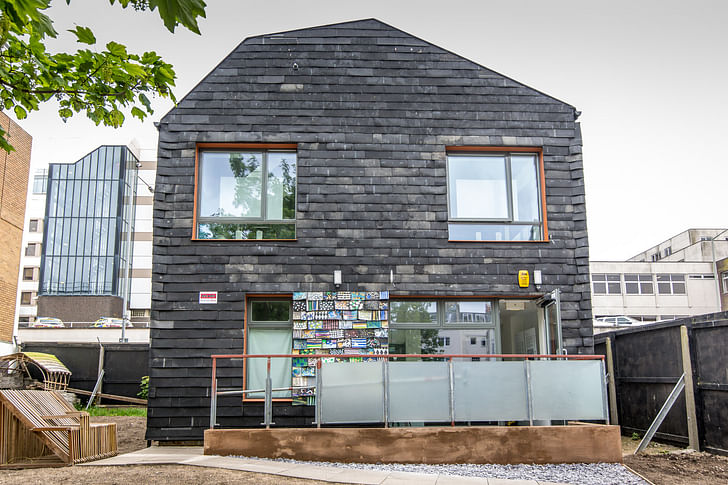
Students from the University's Faculty of Arts and City College Brighton & Hove, along with Mears apprentices and additional volunteers gained valuable hands-on industry experience as they explored new sustainable building techniques together. At the same time, students were challenged to keep essential 21st century standards in safety and energy efficiency in mind while sticking to the project's "no such thing as waste" idea. During construction, the Waste House also invited schools from surrounding regions for educational tours on eco-friendly design.
Although construction of the house finished this past April, the learning didn't stop there. The Waste House will be used as the University's headquarters for ongoing sustainable design research as well as a public exhibition and workshop space for green-themed events, open to all students and community groups.
Below is further info on the Waste House's design, provided by project architect, Duncan Baker-Brown:

"Following 3 months in production, 12 months on site, and the installation of 20,000 toothbrushes, 2 tonnes of denim jeans, 4,000 DVD cases, 2,000 floppy discs, 2000 used carpet tiles (to clad the facades) and the hard work of 253 students and apprentices we have been able to complete The Brighton Waste House on campus at The Faculty of Arts Grand Parade."

"The Brighton Waste House is the first permanent building in the UK to be constructed from waste, surplus material and discarded plastic gathered from the construction industry, other industries and our homes."
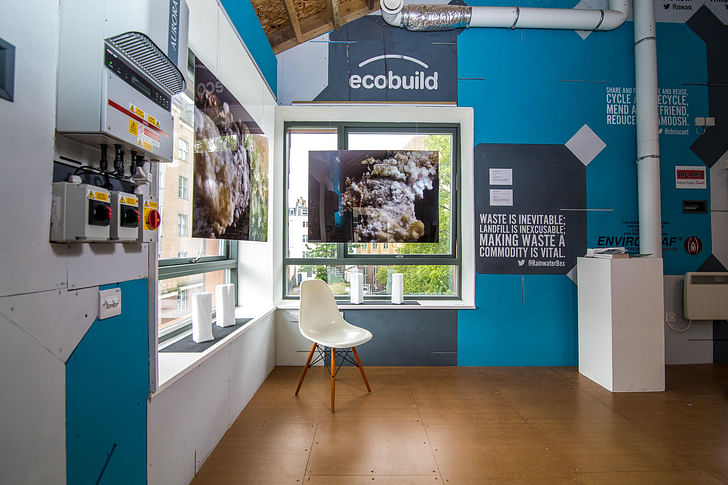
"The idea, developed with Cat Fletcher of FREEGLE UK, is to test the performance of these undervalued resources over the next few years; the Faculty of Science & Engineering have put sensors in the external walls to monitor their performance. One of the main aims of the project was to prove ‘that there is no such thing as waste, just stuff in the wrong place’."

WASTE HOUSE STATS:

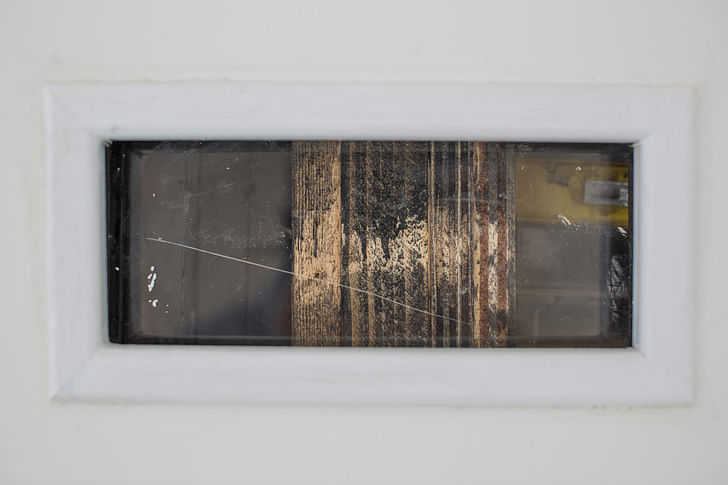

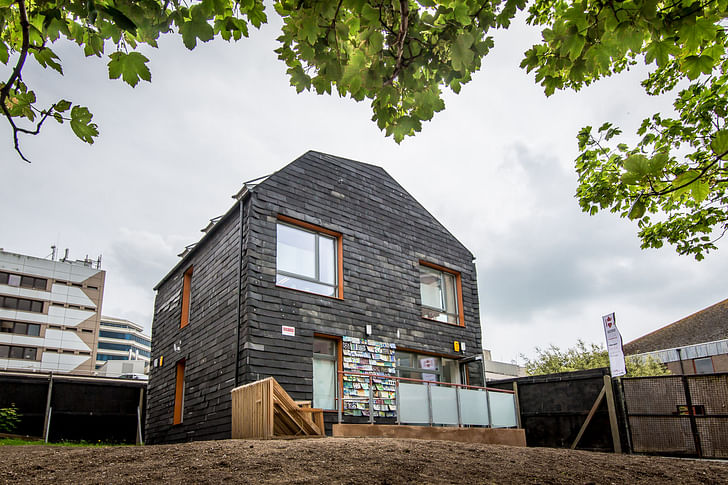
Editor/Writer for Archinect + sister site Bustler. Leans toward: public interest design, illustration, graphic design, history, and general pop-culture geekiness, among other things. Enjoys a good bowl of noodles.
2 Comments
The numbers tell quite the story. If I did my math right that is an average of 8 people per work week day for the 15 month project duration. Compared to an equivalent wood frame house in the US that could be an entire subdivision. This should tell you how far industry has to go to do the right thing or how far off course (if we ever had one) the industry is with regard to translating recycling as part of the process.
2507 person days?
at 12$ an hour That's 240,000$ in labor costs.
Block this user
Are you sure you want to block this user and hide all related comments throughout the site?
Archinect
This is your first comment on Archinect. Your comment will be visible once approved.